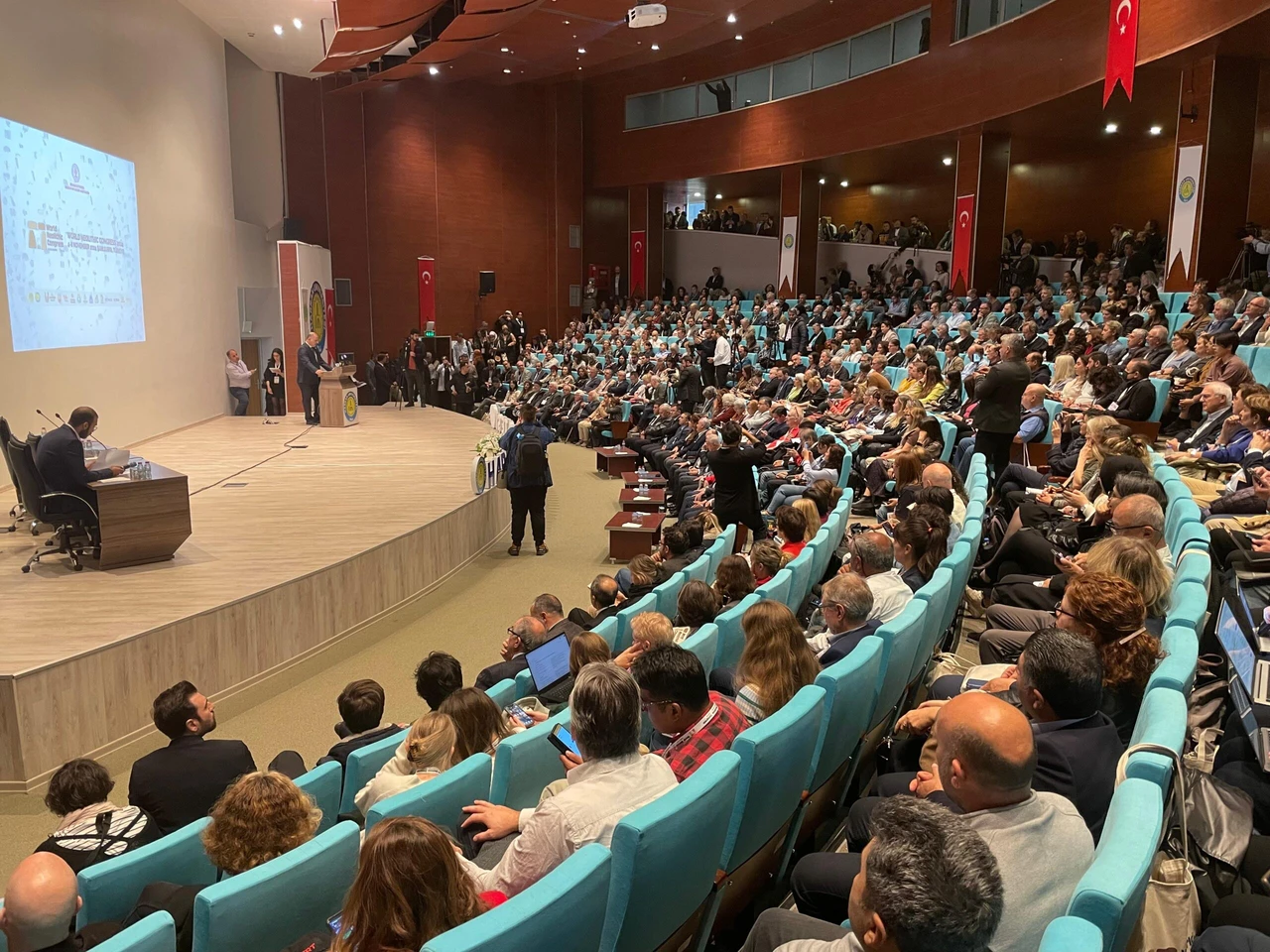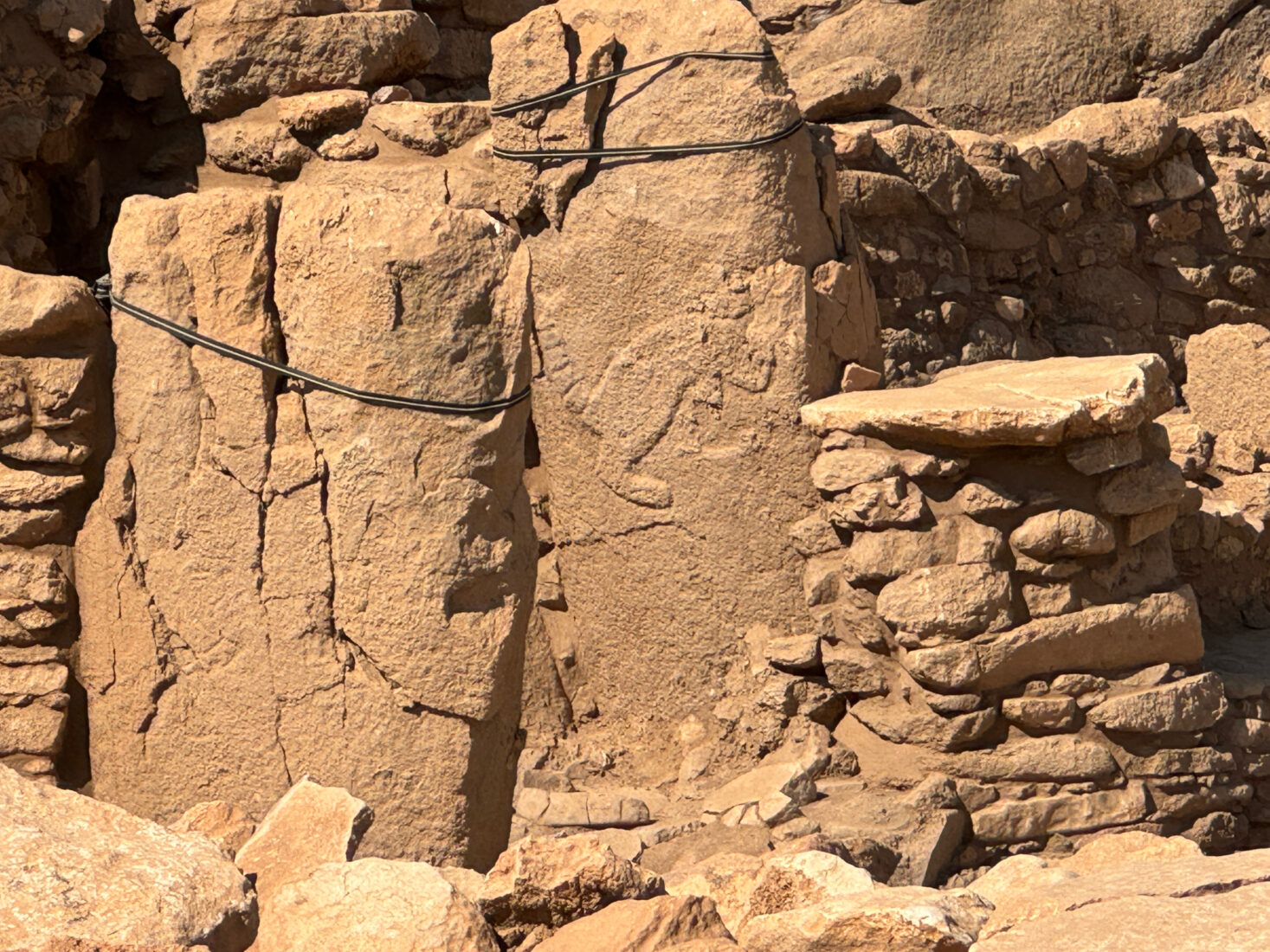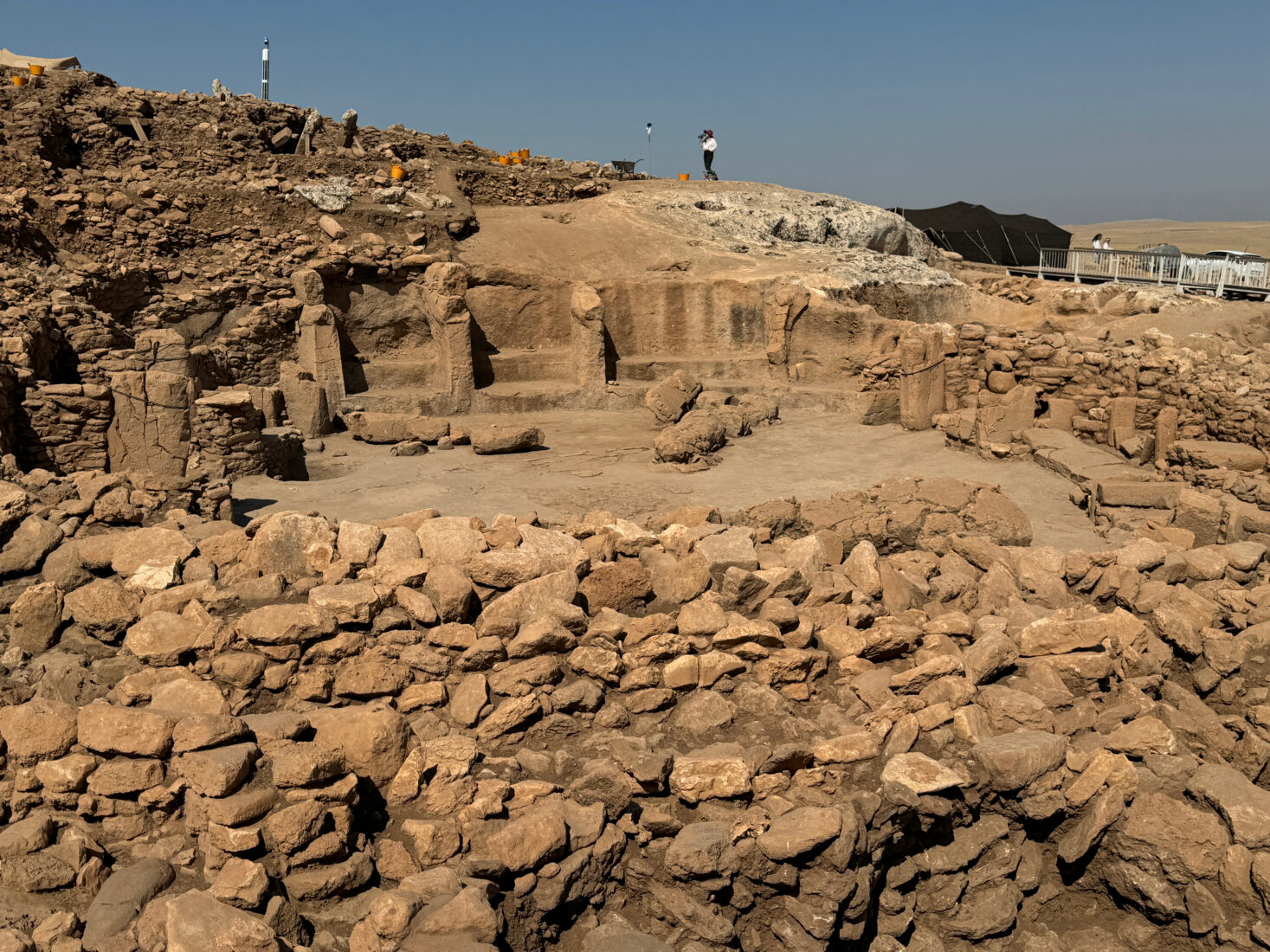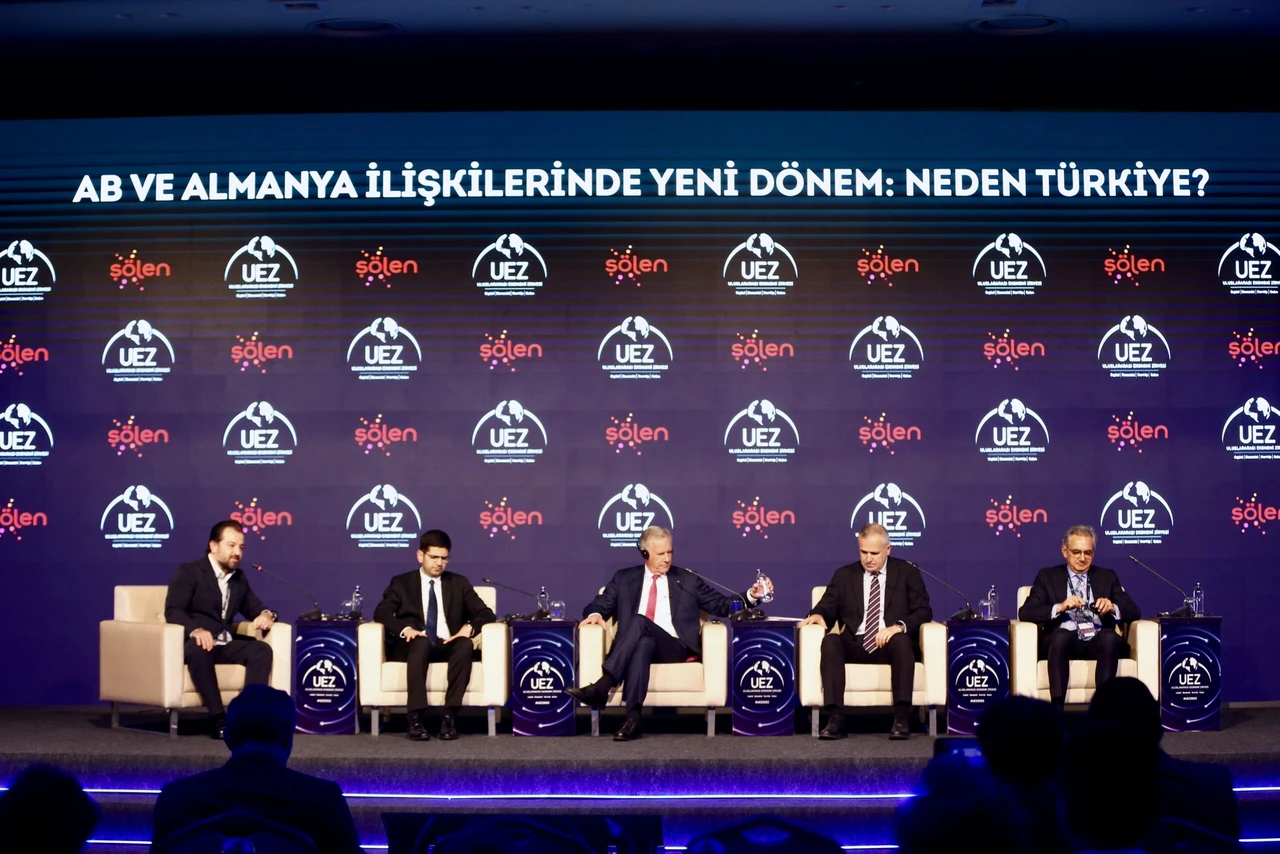World Neolithic Congress brings world’s top experts to Türkiye’s Sanliurfa
 The World Neolithic Congress, supported by the Ministry of Culture and Tourism, continues in Sanliurfa with nearly 1,000 participants from 63 countries, Türkiye, November 2024. (Photo via Koray Erdogan/Türkiye Today)
The World Neolithic Congress, supported by the Ministry of Culture and Tourism, continues in Sanliurfa with nearly 1,000 participants from 63 countries, Türkiye, November 2024. (Photo via Koray Erdogan/Türkiye Today)
The World Neolithic Congress, supported by Türkiye’s Ministry of Culture and Tourism, is underway in Sanliurfa, bringing together close to 1,000 experts from 63 countries. Organized in collaboration with Istanbul University and Harran University, the congress provides an exceptional platform to delve into the roots of human settlement, agriculture, and early civilizations.
The third-day sessions were held at Harran University’s Osmanbey Campus, drawing global experts to explore a wide range of Neolithic topics in detail.

Deep dive into humanity’s earliest communities and cultures
Speaking to Türkiye Today, Professor Necmi Karul highlighted the significance of this international gathering: “We have around 1,000 participants, with 687 presentations and 62 posters representing 487 institutions. This diverse participation is crucial for us; it’s the world’s Neolithic Congress after all.” Karul emphasized wide-ranging discussions on the emergence, evolution, and transformation of settled life across the globe, including how these societies adapted to environmental conditions based on archaeological and bioarchaeological findings.
This congress, Karul noted, offers experts a first-of-its-kind chance to discuss the origins of agriculture, early architecture, and the domestication of plants and animals. “We also have the opportunity to showcase ongoing excavations in Sanliurfa, especially those within the Tas Tepeler Project, which we believe has boosted participation,” he added.


Türkiye: Cradle of civilization
Highlighting Anatolia’s unique role in humanity’s story, Karul described it as “a geography rich in archaeological heritage from every era.” He explained, “Anatolia, part of Southwest Asia, was home to the earliest settled communities and the beginnings of agricultural life. Here, we witness the evolution of villages into cities, states, and empires in a way that is unmatched worldwide. While cultures reflecting this long process exist globally, no region offers a comprehensive timeline quite like Anatolia.”
In particular, the Neolithic era holds a distinguished place in Anatolia’s history. “We see the entire process here, from the first shelters evolving into permanent homes, the construction of monumental structures, to the symbolic world of prehistoric people—especially through projects like Tas Tepeler,” Karul noted. He further emphasized that within Anatolia, Sanliurfa’s role in the Neolithic era is particularly significant, making it a fitting location for this global congress.

Unprecedented focus on the Neolithic era at World Neolithic Congress
Held across 13 halls in the Faculty of Economics and Administrative Sciences, the congress sessions covered 45 main topics, from early settlement patterns to the symbolic and ritual aspects of Neolithic communities.
With two more days of sessions scheduled, the World Neolithic Congress continues to foster global dialogue on one of history’s most transformative periods, setting the stage for new insights into the origins of settled life.



